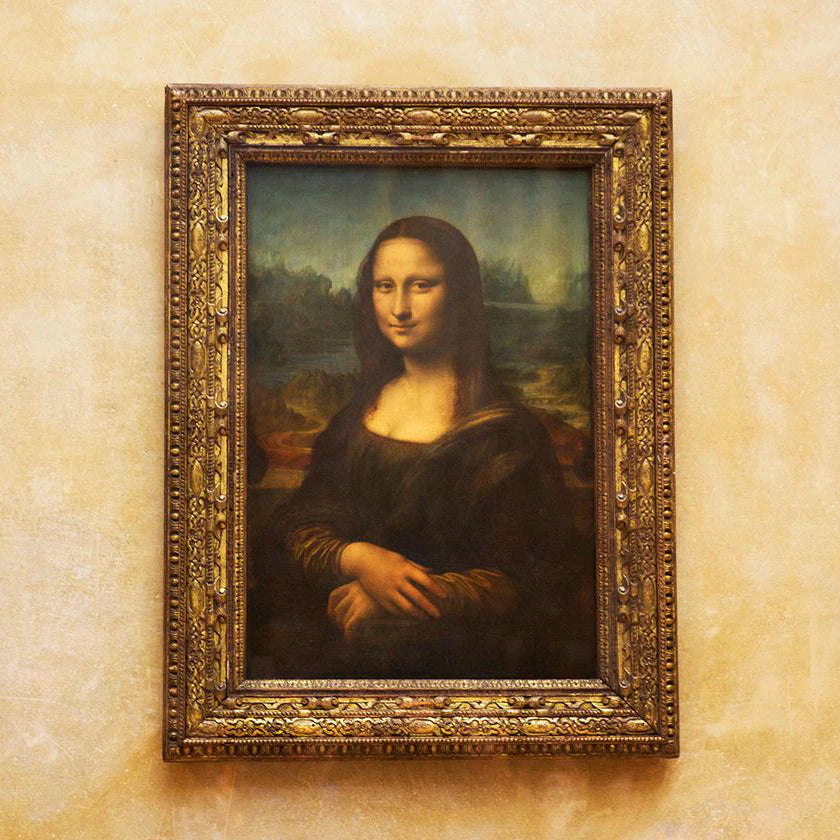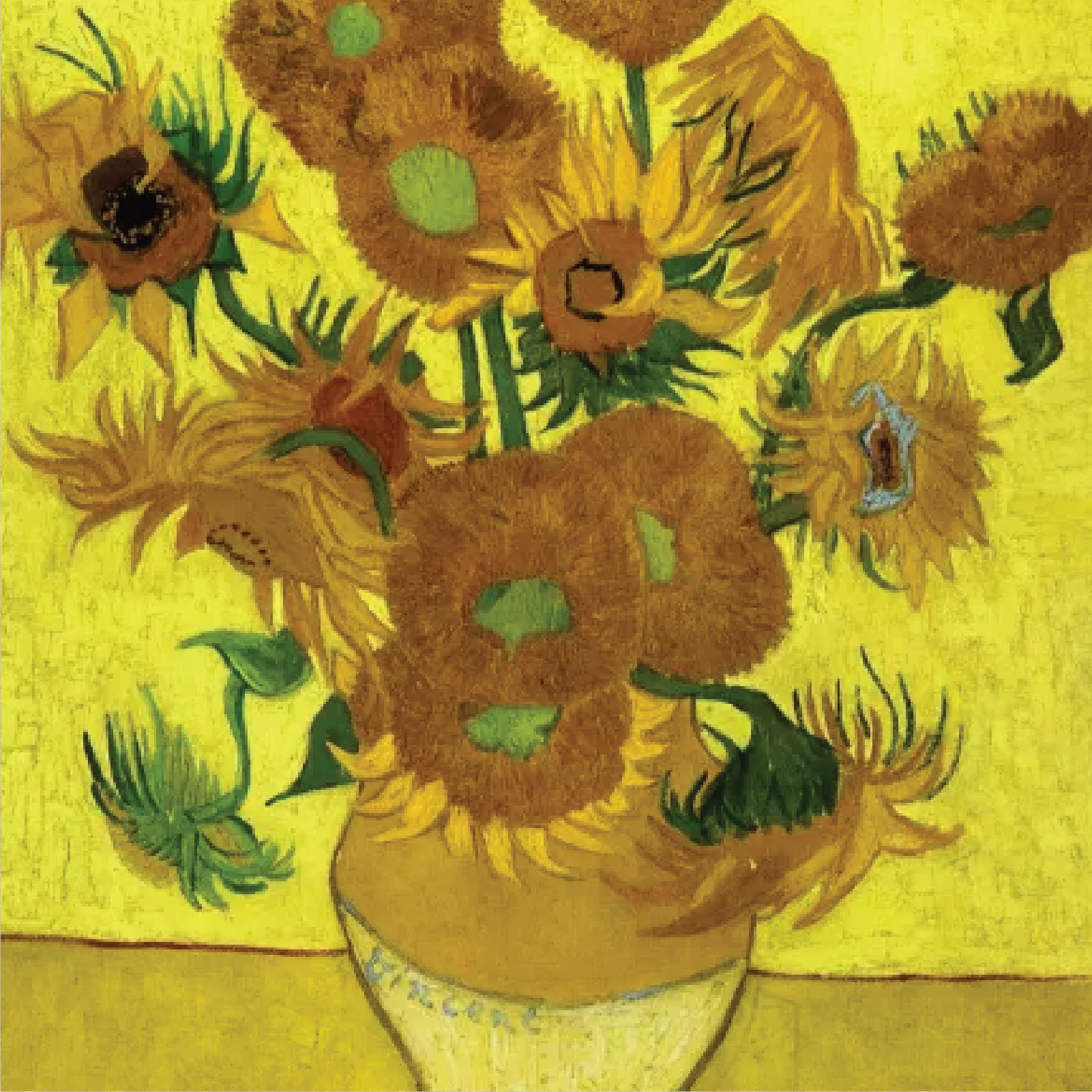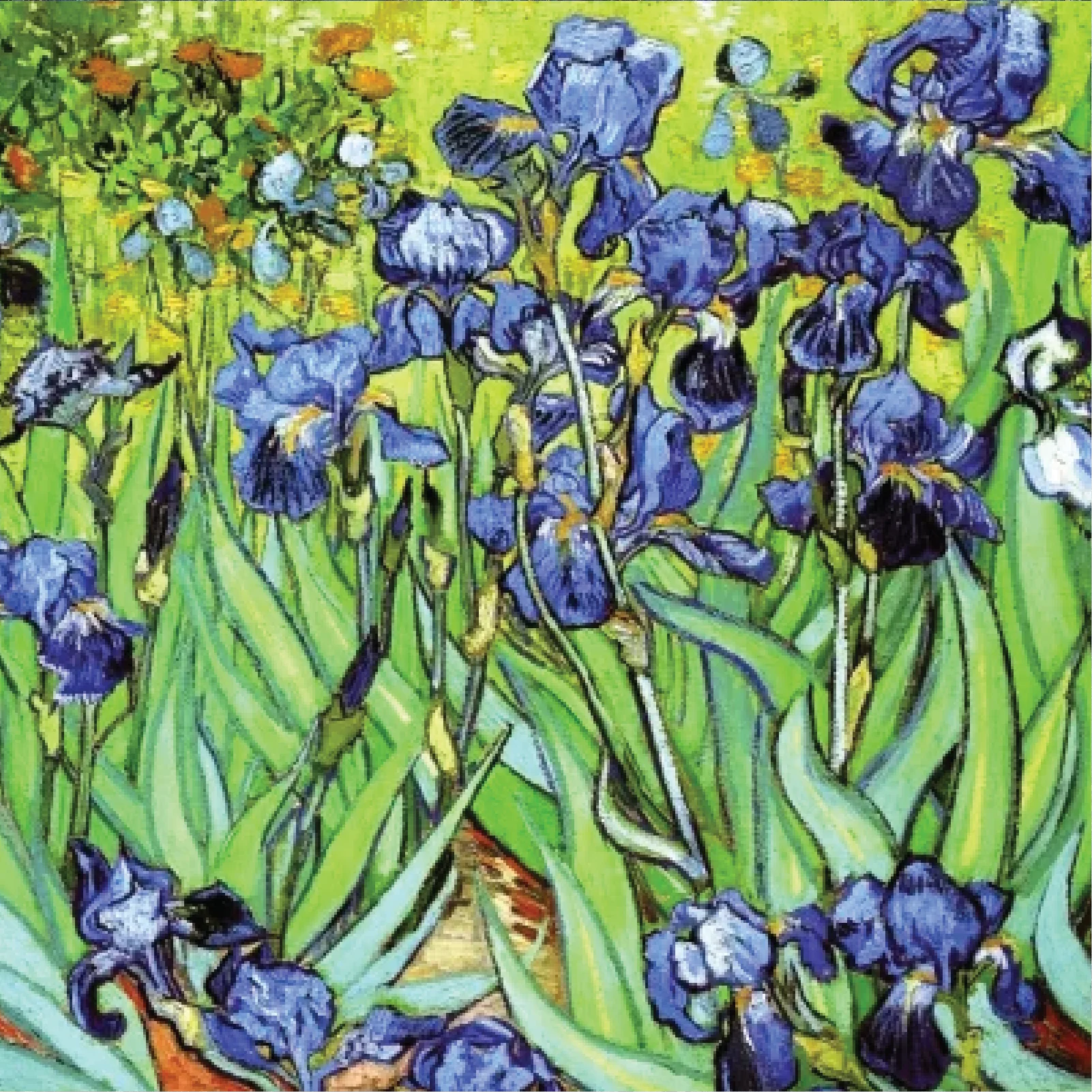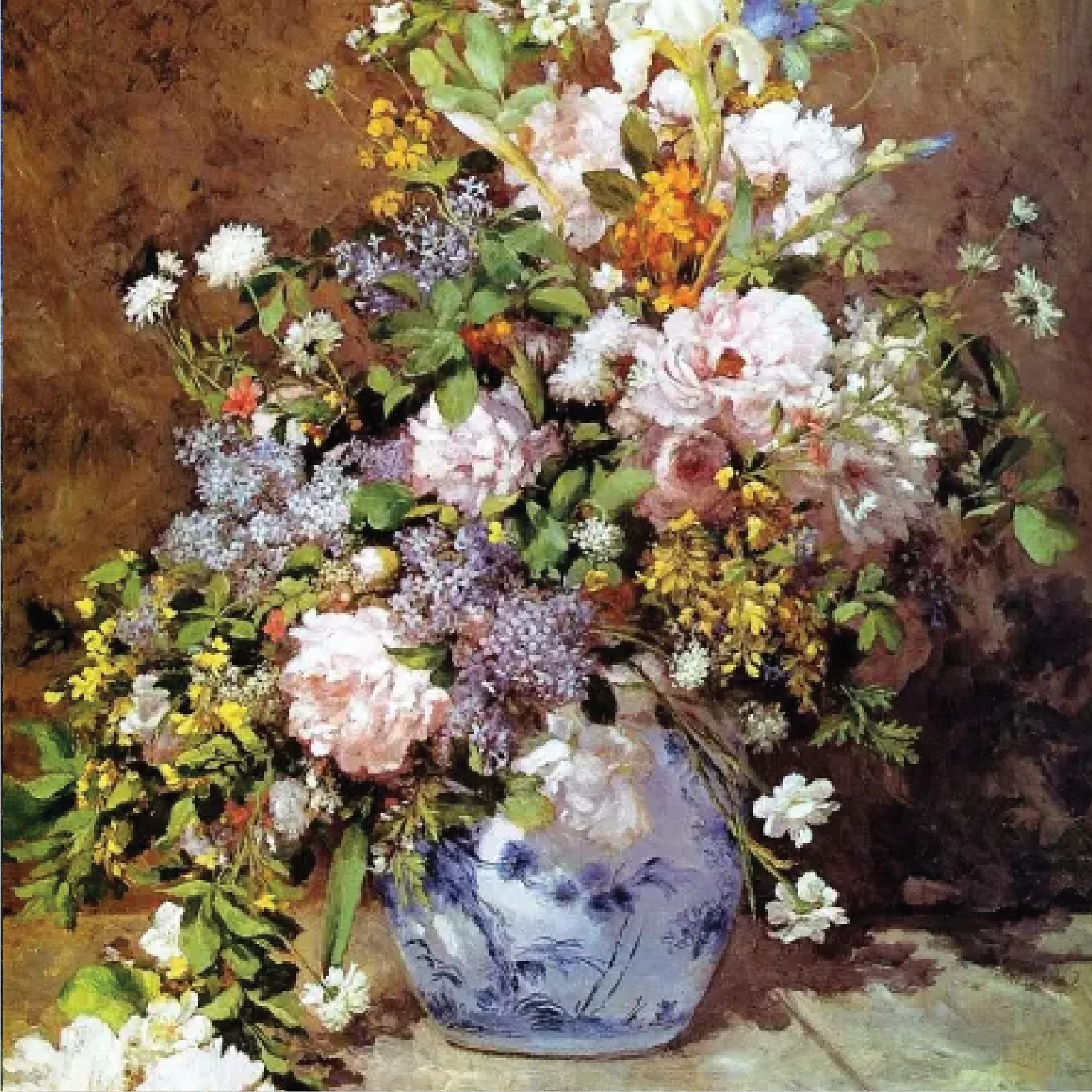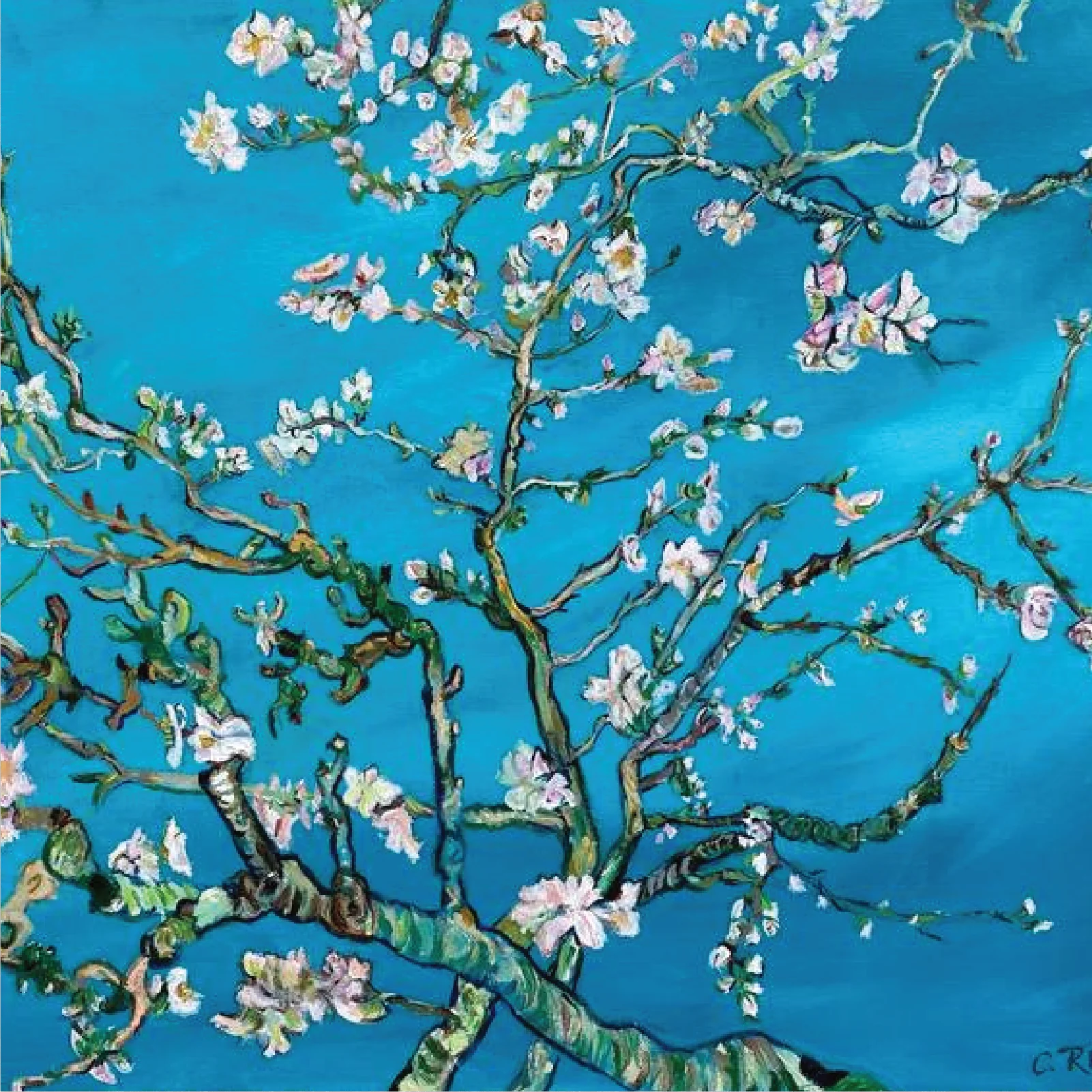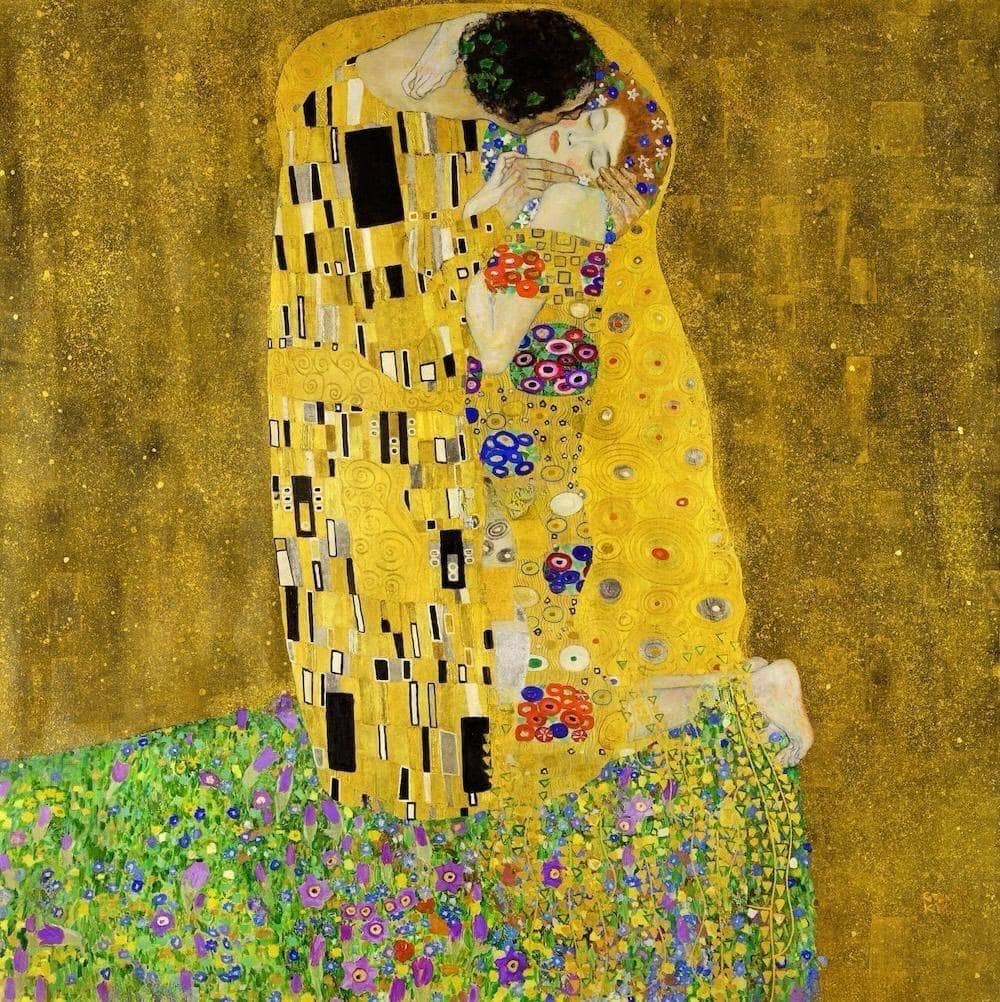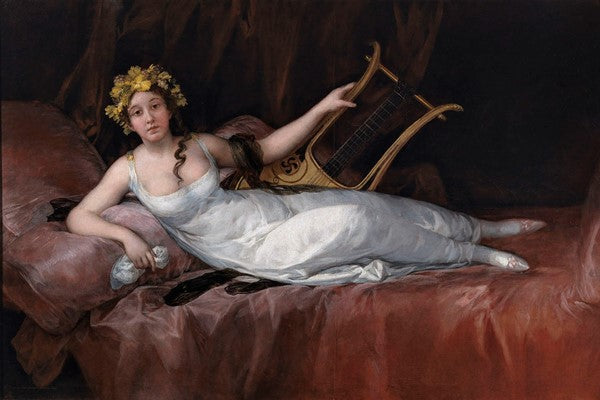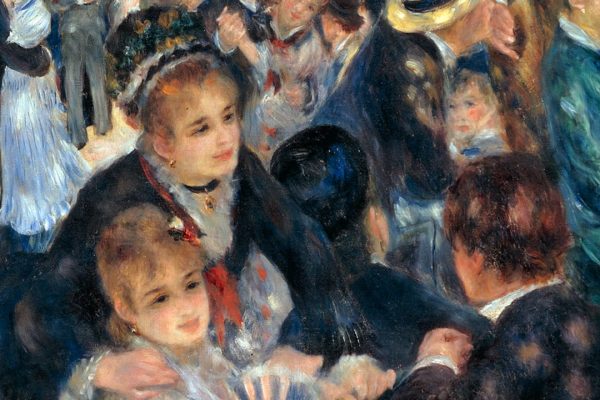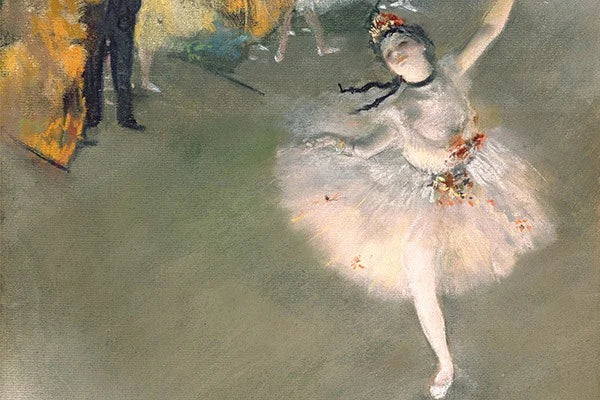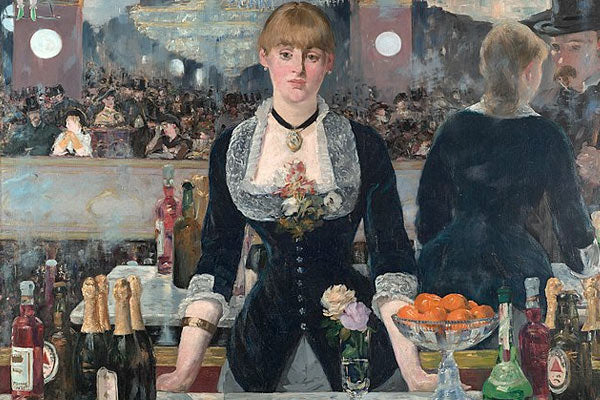Introduction
Art has the power to transform any space, turning a boring room into an interesting sanctuary. The right piece of art can bring energy into an interior, showing who you are and creating an atmosphere that connects with you and your guests. In this article, we explore 10 Interior Design Art Ideas to Elevate Your Space. We focus on handpicked selections from before 1920, adding a timeless touch to your home.
Imagine walking into a room decorated with masterpieces by famous artists from the past. These pieces not only make your space look better but also give it a sense of history and uniqueness.
If you're interested in getting such art pieces, consider checking out the high-quality oil painting reproductions offered by Art&See. Their wide collection features works from well-known artists and can be the perfect source for transforming your home into a classy gallery of timeless art.
To learn more about interior design art ideas and trends, you can also read the informative articles on the Art&See blog. By the end of this journey, you'll have creative ideas and motivation to turn your home into a classy gallery of timeless art.
1. Hang Wall Art at Eye Level
Placing your wall art at eye level is a game-changer for optimal viewing and room balance. When artwork is hung too high or too low, it disrupts the harmony of the space, making it feel off-kilter.
Why Eye Level Matters
Eye-level placement ensures that your art is easily viewable and appreciated without strain. It aligns with our natural sightlines, creating an intuitive flow within the room. This alignment not only showcases the artwork beautifully but also enhances the overall aesthetic of your interior design.
Steps to Determine Perfect Eye Level Placement
- Measure Your Eye Level: The average eye level is around 57-60 inches from the floor. Use this as a guideline.
- Mark the Center Point: Measure the height of your artwork and divide it by two to find its center point.
- Align with Eye Level: Subtract the distance from the top of the artwork to its center point from 57-60 inches (your eye level). This will give you the ideal height to place your hanging hardware.
Example: Artwork height = 30 inches Center point = 15 inches Eye level = 58 inches Ideal hanging height = 58 - 15 = 43 inches (from floor to top of artwork)
Tips for Multiple Pieces
- If hanging multiple pieces in a row, maintain consistent spacing between them.
- For gallery walls, consider the eye-level rule for the central piece and build outwards symmetrically.
Using these steps ensures that every piece of art in your home becomes a focal point, effortlessly drawing attention and admiration.
2. Create Impact with Oversized Art Pieces
Oversized art pieces command attention and instantly elevate the ambiance of any room. Large-scale paintings or sculptures create a focal point that draws the eye, making them perfect for grand interiors reminiscent of the pre-1920 era. The sheer size of these artworks can evoke a sense of awe and grandeur, transforming an ordinary space into an extraordinary one.
Why Oversized Art Works Well in Historical Interiors:
- Scale and Proportion: Older homes often feature high ceilings and expansive wall spaces that can accommodate large artworks without overwhelming the room.
- Statement Pieces: A single oversized piece can serve as a stunning statement, reducing the need for additional decor and keeping the space uncluttered.
- Timeless Appeal: Art from before 1920 often involves intricate details and masterful techniques that shine when presented on a larger canvas.
Where to Find Impressive Oversized Art:
- Auction Houses: These venues are treasure troves for finding unique, large-scale artworks from renowned artists.
- Antique Markets: Browse through various antique markets to discover hidden gems that bring history and elegance into your home.
- Art&See: Consider exploring Art&See's curated collection of oil painting reproductions, where you can find high-quality replicas of oversized masterpieces from celebrated artists.
With oversized art pieces, your space will not just be decorated—it will be transformed into a gallery of timeless beauty.
3. Create a Personalized Gallery Wall
Creating a gallery wall is like crafting a visual story that reflects your unique taste and style. It's an opportunity to showcase a curated arrangement of artworks that speak to you personally.
Steps to Creating Your Gallery Wall
- Choose a Theme: Start by selecting a theme that resonates with you. It could be anything from family heritage to travel memories or even an eclectic mix of your favorite art pieces.
- Mix Vintage and Contemporary: Incorporate both vintage and contemporary pieces to add depth and character. A balanced blend of old and new can create a dynamic display.
- Add Personal Touches: Include personal memorabilia, such as photographs or heirlooms, to add nostalgia and make the space uniquely yours.
Tips for Cohesion
- Consistent Framing: Use similar frames or color schemes to tie the pieces together visually.
- Vary Sizes and Shapes: Mix different sizes and shapes of artworks for an engaging composition.
- Mock Layouts: Lay out your pieces on the floor before hanging them on the wall. This allows you to play around with arrangements until you find the perfect balance.
With these tips, your gallery wall will become a focal point in your home, reflecting both timeless beauty and personal charm.
4. Embrace the Charm of Antique Frames
Antique frames add a layer of sophistication and historical depth to vintage artworks, transforming them into timeless treasures. The intricate details and craftsmanship of these frames speak volumes, enhancing the overall aesthetic of your interior space.
Frame Styles from the Early 20th Century
When choosing antique frames, consider these popular styles from the early 20th century:
- Baroque Frames: Known for their elaborate ornamentation and gilded finishes, Baroque frames are perfect for adding a touch of opulence to your art.
- Victorian Frames: Characterized by their dark wood and intricate carvings, Victorian frames bring a sense of drama and elegance to any piece.
- Art Nouveau Frames: With flowing lines and nature-inspired motifs, Art Nouveau frames offer a delicate yet striking complement to vintage artworks.
Pairing Antique Frames with Art
By pairing an Art&See oil painting reproduction with an antique frame, you can recreate the charm of a bygone era in your home. Imagine a Gustav Klimt reproduction encased in an ornate Baroque frame or a serene landscape by John Constable nestled within a rich Victorian border. The synergy between the artwork and its frame can elevate your space to new heights.
Antique frames not only enhance the visual appeal but also tell a story, creating a conversation piece that captivates guests. Whether sourced from flea markets or specialized antique shops, these frames are invaluable additions to your art collection.
5. Make a Statement with an Accent Wall
An accent wall can completely change the look and feel of a room, making it more visually interesting and drawing attention to a specific area. It's a simple yet powerful way to showcase your favorite artwork and add personality to your space.
Why Choose an Accent Wall?
Choosing an accent wall allows you to:
- Play with color, texture, and pattern in ways that wouldn't work on all four walls
- Create a focal point that instantly grabs attention
- Highlight a standout piece from Art&See's collection of oil painting reproductions
How to Create an Accent Wall
Here are some ideas to help you create a stunning accent wall:
- Bold Paint Colors: Choose a bold, contrasting color that complements your artwork. This will make the wall stand out and create visual interest.
- Wall Decals or Stickers: Use removable wall decals or stickers to create a unique design on your accent wall. This is a great option if you're renting or don't want to commit to permanent changes.
- Gallery Wall: Create a gallery wall by hanging multiple artworks on your accent wall. This can be a mix of paintings, photographs, or even framed prints.
- Wallpaper: Opt for wallpapers with textures like silk or linen to add depth. Patterns inspired by historical designs can evoke the elegance of pre-1920 interiors.
- Hand-Painted Murals: Commission or DIY a mural that complements your chosen artwork. Whether it's a sweeping landscape or intricate patterning, a mural provides a luxurious and personalized touch.
Remember, creating an accent wall is more than just painting one wall a different color; it's about making thoughtful choices that highlight your art and turn it into the centerpiece of your room.
6. Incorporate Sculptural Elements for Dimension
Incorporating sculptural elements into your interior design can transform your space from flat to fabulous. Sculptural sconces and chandeliers aren't just functional lighting fixtures; they are 3-dimensional art pieces that add depth and character to any room. Imagine a beautifully carved chandelier casting intricate shadows across your vintage oil painting, creating a layered visual experience.
Architectural Salvage Pieces
- Architectural salvage pieces like old corbels, columns, and mantels bring a sense of history and craftsmanship to your walls. These elements tell stories of the past while adding texture and dimension to modern spaces.
- Intricate wood carvings can serve as striking focal points in a room. Whether it's an antique wooden panel or a hand-carved frame, these details evoke the artistry of bygone eras.
Sculptural Lighting Fixtures
- Sculptural sconces can be positioned to highlight your favorite artwork, casting soft light that enhances the piece's colors and textures.
- Chandeliers with elaborate designs not only illuminate but also act as conversation starters, drawing eyes upward and adding vertical interest to the room.
For those who love the charm of architectural detail and 3-dimensional art, blending these elements with Art&See's timeless oil painting reproductions will create a cohesive and captivating environment.
7. The Power of Contrasting Colors in Art Display
Juxtaposing vibrant artworks against neutral walls can transform a room into a visually dynamic yet harmonious composition. This technique highlights the artwork, making it the focal point of the space. Neutral backgrounds serve as a subtle canvas that amplifies the vivid hues and intricate details of the art, allowing each piece to stand out.
Tips for Effective Contrasting Color Displays
- Neutral Walls: Choose shades like soft whites, grays, or beiges for your walls. These colors provide a serene backdrop that doesn't compete with the artwork but rather accentuates its vibrancy.
- Bold-Colored Mats or Frames: Enhance the contrast by selecting mats or frames in bold colors. For example, a bright red frame around a monochrome painting can create an eye-catching effect without overwhelming the piece.
Examples of Contrasting Color Techniques
1. Textured Wallpapers
Incorporate textured wallpapers in neutral tones to add depth and interest without detracting from the artwork. The subtle texture can enhance the overall aesthetic while keeping the focus on your vibrant pieces.
2. Gallery Wall Arrangement
Curate a gallery wall with a mix of colorful and neutral artworks. This arrangement creates visual interest and balance, drawing viewers' eyes to different parts of the display.
Embrace contrasting colors to elevate your interior design, using these techniques to create stunning visual compositions that captivate and inspire.
8. Artful Reflections: Mirrors as Complementary Decorative Elements
Mirrors in design offer more than just a reflective surface; they can transform the ambiance of a room, enhancing the display of your art collection. By amplifying natural light and providing visual depth, mirrors create an illusion of space that can make even the smallest rooms feel expansive.
Unique Roles of Mirrors in Art Display:
- Visual Depth: Placing a mirror strategically in a room can create layers, giving an almost three-dimensional feel to your space.
- Amplifying Light: Positioning mirrors opposite windows or light sources maximizes natural light, illuminating your artwork beautifully. For more tips on how to brighten up a dark room, you can refer to this blog post.
Innovative Ways to Incorporate Mirrors:
- Gallery Wall of Mirrored Panels: Mix mirrored panels with your favorite art pieces to create a striking gallery wall. This not only adds shine but also offers a unique interplay between reflection and art. Lindsey Kustusch's blog showcases some inspiring examples of this design trend.
- Large Statement Mirror: Consider placing a substantial mirror opposite a key art piece. This setup not only emphasizes the artwork but also reflects and magnifies its presence in the room.
Mirrors and vintage artworks from Art&See are a match made in design heaven, offering timeless elegance while enhancing every corner of your home. If you're looking for more inspiration on incorporating contemporary mirrors into your interior design, Nazmiyal Antique Rugs' blog provides valuable insights on this topic.
9. Layering Textiles and Materials for a Multidimensional Look
Layering techniques bring depth and dimension to your space, transforming it into a cozy haven. By incorporating plush textiles like rugs and curtains around your art installations, you create an inviting atmosphere that complements the visual appeal of your artworks.
Creating Cozy Corners with Textiles
- Rugs: Place a vintage rug beneath a framed oil painting reproduction to add warmth and color.
- Curtains: Use heavy, luxurious curtains in rich fabrics like velvet or brocade to frame large windows or art pieces, enhancing their presence in the room.
Mixing Materials for Added Texture
Combining different materials can elevate the visual interest of your space. Think about integrating elements such as:
- Wood: Antique wooden furniture pieces or frames echo the craftsmanship of the early 20th century.
- Metal: Metal accents, like brass candlesticks or iron sculptures, provide an industrial edge that contrasts beautifully with softer textiles.
- Glass: Glass accessories, such as vases or lamp bases, reflect light and add a touch of elegance.
Experimenting with various textures and materials allows you to craft a multidimensional look that feels both timeless and contemporary. This interplay not only highlights your chosen artworks but also enriches the overall aesthetic of your home.
10. Flexible Display Options for Evolving Art Collections
Art collections are always changing, reflecting personal preferences and new additions. By using flexible decor solutions like pegboards and open shelving systems, you can easily update and rearrange your display to suit your needs.
Versatile Display Solutions
- Pegboards: Pegboards offer a creative way to showcase your art. With adjustable pegs and hooks, you can easily move pieces around, incorporate other decorative items, or even include plants for a touch of nature.
- Modular Shelving Systems: Open shelves allow you to arrange artworks in a curated yet flexible manner. Opt for modular units that can be changed as necessary to accommodate different sizes and styles of art.
Practical Tips for Organizing
- Start with a Theme: Choose a theme for your display, such as arranging pieces by color or showcasing artworks from a particular time period.
- Layering: Combine framed paintings with smaller sculptures or decorative objects to add visual interest and depth.
- Balance: Ensure an even distribution of weight on the pegboard or shelves by placing heavier items at the bottom and lighter ones at the top.
- Space Management: Leave enough space between each piece to allow them to stand out individually.
By utilizing these versatile display options like those featured in Phia and Anthony's shared space, you can not only present your collection beautifully but also maintain an ever-changing interior design that captures attention.
Stay tuned for more ideas on how to elevate your space with timeless art.
Conclusion
Carefully chosen artworks can profoundly transform the overall look and feel of an interior space. Pieces from significant artistic periods, like those from before 1920, offer a timeless elegance that modern art often struggles to replicate. By integrating such art into your home, you create not just a visually appealing environment but one steeped in historical richness and cultural depth.
Art&See offers an exquisite collection of oil painting reproductions from renowned artists of that era. These high-quality reproductions allow you to bring a touch of classic beauty into your modern space, effortlessly blending the old with the new.
Imagine walking through your home, each room adorned with masterpieces that tell stories from the past. Explore Art&See's collection and find the perfect pieces to enhance your home with timeless beauty.
Unlock the transformative power of art and let Art&See help you curate an interior space that radiates sophistication and charm.
FAQs (Frequently Asked Questions)
Why is art important in interior design?
Art plays a crucial role in interior design by transforming spaces and reflecting personal style. It can elevate the ambiance of a room, create focal points, and add character, making it an essential element for achieving a harmonious and inviting environment.
What are some tips for hanging wall art at eye level?
To determine the perfect eye level for hanging your art, aim to place the center of the artwork at approximately 57 to 60 inches from the floor. This height ensures optimal viewing and balance within the room. Consider using a measuring tape and marking the wall lightly with a pencil to guide your placement.
How can oversized art pieces impact a space?
Oversized art pieces create a dramatic effect and serve as striking focal points in any room. Their grandeur complements interiors from before 1920 beautifully, enhancing the overall aesthetic. Look for impressive artworks at auction houses or antique markets to find unique large-scale pieces.
What is a gallery wall and how can I create one?
A gallery wall is a curated arrangement of artworks that showcases your unique taste and style. To create one, mix vintage and contemporary pieces while incorporating personal memorabilia. Arrange them cohesively on the wall, ensuring varying frame styles and sizes for visual interest.
How do antique frames enhance artwork?
Antique frames add elegance and character to vintage artworks, emphasizing their historical significance. Styles popular during the early 20th century, such as ornate gilded frames or simple wooden designs, can complement your art beautifully while enhancing the overall decor of your space.
What are flexible display options for changing art collections?
Using versatile display solutions like pegboards or modular shelving systems allows you to adapt your art arrangements over time. These flexible surfaces make it easy to organize and style artworks, enabling you to refresh your space as your collection evolves.
